1. A Different Kind of Intelligence
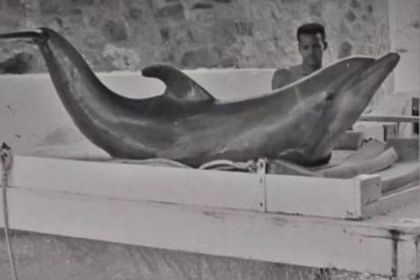
In the 1960s, scientists began to suspect dolphins were far smarter than people imagined. Their brains were large, their playfulness intentional, and their eyes carried a strange awareness. Marine researchers noticed how they worked together, solved problems, and communicated through clicks that sounded almost conversational. Curiosity turned to wonder when some scientists asked if dolphins could understand human language or even speak back. It was an era obsessed with discovery, and the thought that we might share Earth with another form of intelligence changed everything. What started as a fascination with sound turned into a journey to understand minds that swam freely but thought deeply beneath the waves.
2. Enter NASA
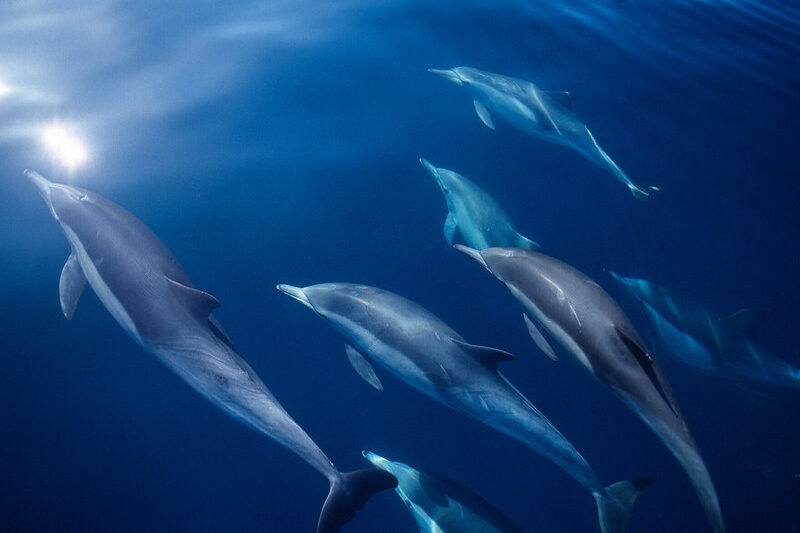
When NASA joined in, the mission grew even stranger. During the Cold War, the agency wanted to explore communication across species, believing it might prepare us for contact with aliens. If humans ever met intelligent life beyond Earth, we would need to learn how to talk to them. Dolphins, vocal and curious, seemed the perfect stand-ins. The ocean became a laboratory, and the dolphins our first interstellar translators. Scientists were not just testing language but the limits of human imagination. It felt like something cosmic was unfolding under the surface, where intelligence met curiosity in an unexpected partnership between man and mammal.
3. Margaret Howe’s Immersive Experiment
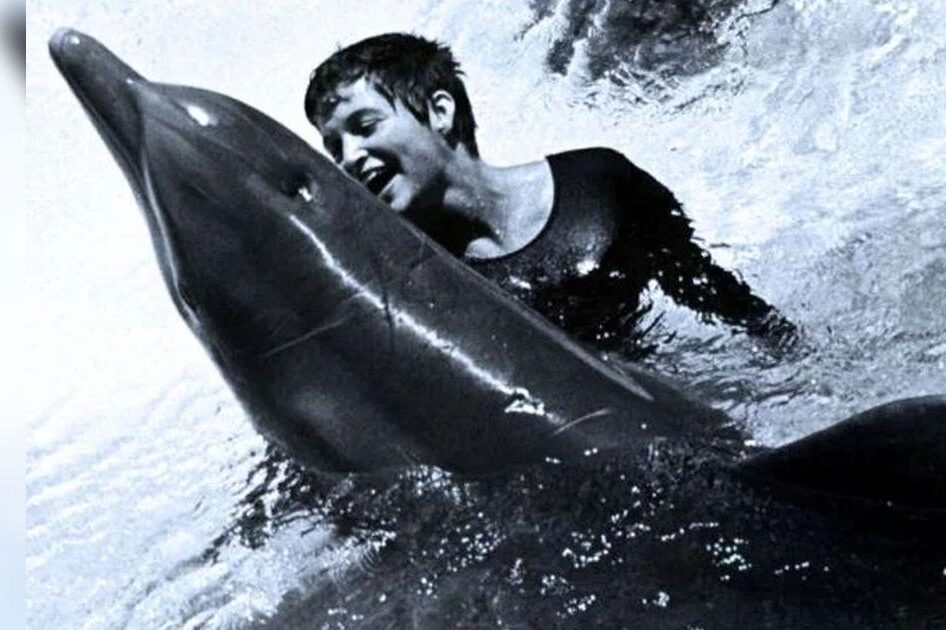
In one of the most peculiar chapters of this story, researcher Margaret Howe decided to live with a dolphin named Peter. She moved into a partially flooded house designed for constant interaction. Her goal was simple: if Peter could be exposed to human speech all day, maybe he would begin to learn it. She spoke, gestured, and repeated words endlessly, creating a strange underwater classroom. The world called it eccentric, but Howe called it dedication. She believed real understanding needed proximity and trust. Each day, as Peter listened and responded, it became clear that something powerful was happening, even if it did not involve words.
4. The Dolphin’s Curiosity
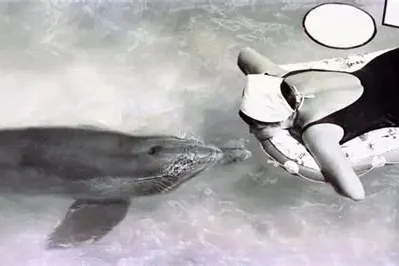
Peter wasn’t just observing Margaret; he was studying her too. Dolphins are natural mimics who love learning through imitation. When Howe gestured or used objects, Peter mirrored her actions with growing precision. He didn’t speak English, but he clearly understood tone, mood, and intention. His responses were deliberate, showing awareness rather than instinct. He played, teased, and followed her commands, revealing an intelligence that felt startlingly familiar. It was no longer about teaching an animal tricks; it was about realizing that communication could take forms far beyond our own. Peter became proof that dolphins were not just listening but thinking alongside us.
5. The Infamous Side Story
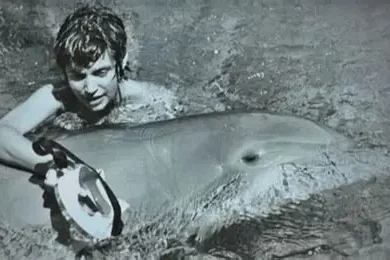
Despite the groundbreaking work, the experiment’s legacy was tainted by rumors. Media headlines fixated on inappropriate moments between Howe and Peter, overshadowing the science completely. The truth, though less sensational, revealed the complexity of interspecies closeness. Peter’s behavior was misunderstood as scandal rather than instinct. Howe admitted it was a difficult situation, but her focus had always been on communication, not controversy. The story became a warning of how easily humanity’s curiosity can be drowned in judgment. Beneath the noise, one truth remained clear: the connection between them was not strange, just unfiltered, a raw attempt at empathy across species.
6. A Scientific Breakthrough
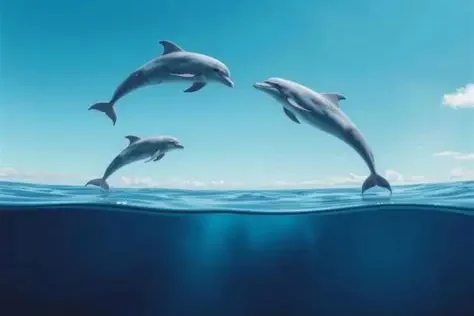
Though misunderstood, the research inspired others to continue studying dolphin intelligence. Later experiments proved dolphins could understand symbols, grammar-like patterns, and even syntax. When asked to “touch the ball with your tail,” dolphins followed the sequence correctly, showing that they grasped order and meaning. They weren’t simply repeating commands but interpreting them. It was a revelation that shook science. For the first time, humans were forced to admit intelligence existed in unexpected forms. The dolphins weren’t mimicking speech; they were forming thoughts, a quiet but undeniable sign that consciousness wasn’t unique to humans after all.
7. The Military Angle
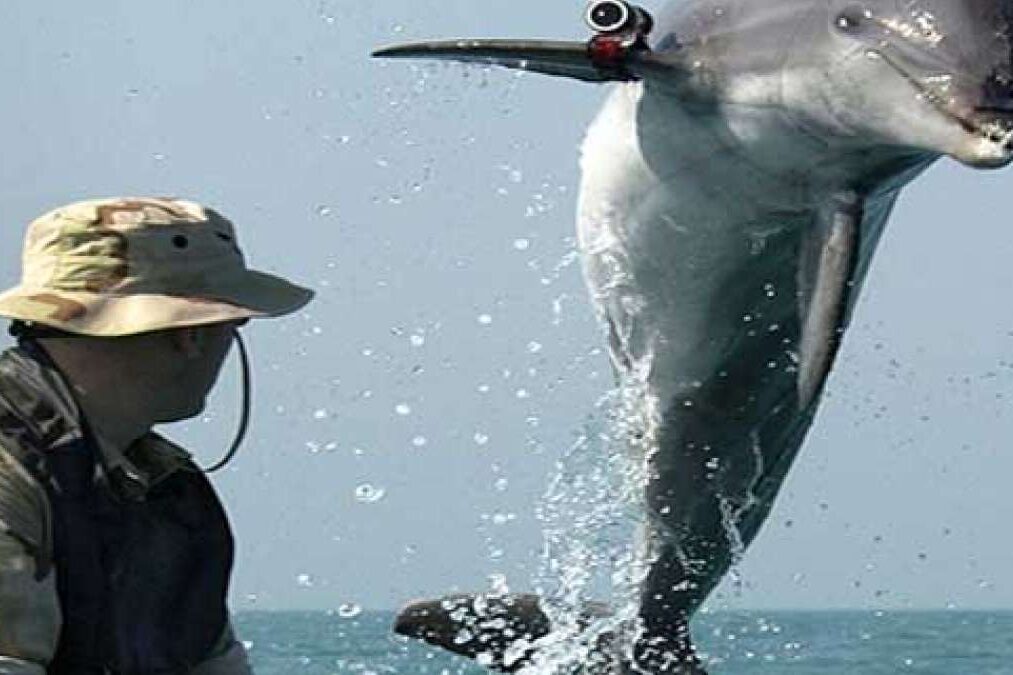
As the discoveries spread, militaries began to take notice. Both the United States and the Soviet Union trained dolphins for missions such as locating underwater mines and rescuing divers. Their precision and sonar abilities made them invaluable. Yet the idea of using intelligent creatures for defense sparked an uncomfortable debate. Could we truly call it partnership if they had no choice? What began as exploration of intelligence turned into a moral dilemma. The same animals we sought to understand were now tools in human conflict, and it raised a haunting question: how far should curiosity go before it becomes control?
8. Dolphins as People
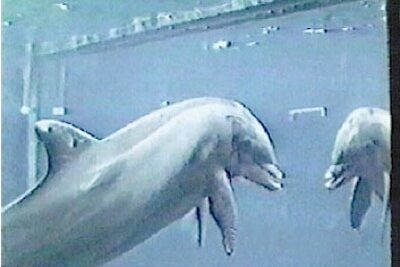
The more scientists learned, the harder it became to treat dolphins as ordinary animals. They recognized themselves in mirrors, showed emotion, and developed unique cultures within pods. Philosophers began to argue that dolphins should be considered “nonhuman persons” with certain rights. In India, this idea became law when the government banned dolphin captivity for entertainment. The shift marked a profound realization: being human was no longer the only measure of worth. These creatures, capable of empathy and understanding, forced us to confront the limits of our moral boundaries and redefine what it means to be intelligent.
9. From Dolphins to Therapy
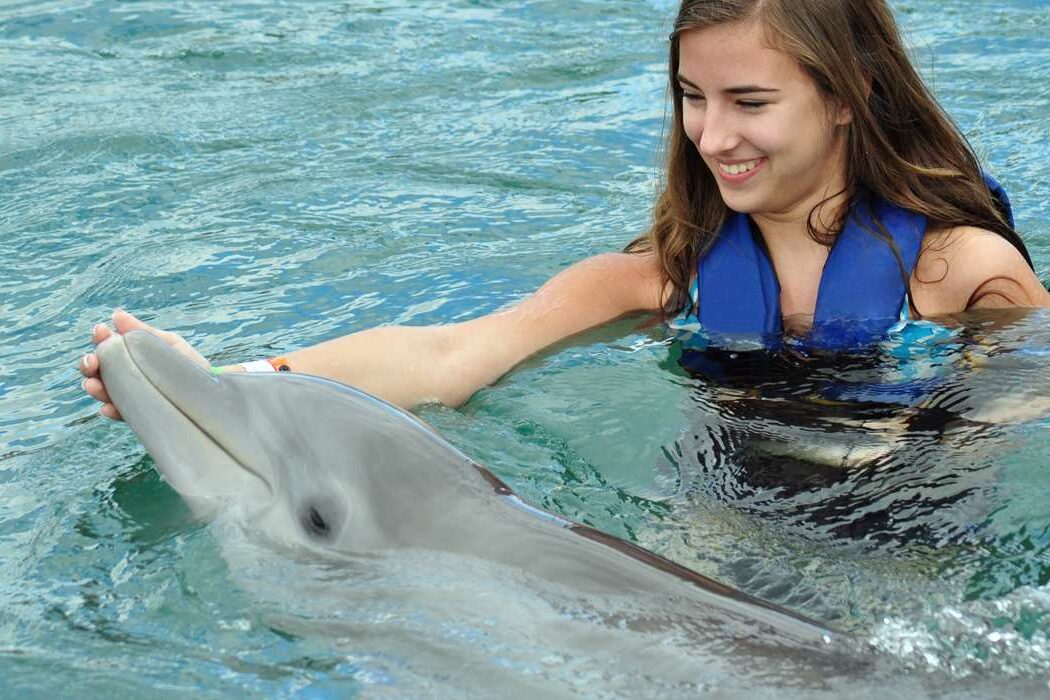
The idea that dolphins could connect emotionally led to dolphin-assisted therapy. In the 1980s, programs began pairing dolphins with children and adults struggling with trauma or disabilities. The sessions focused on play, sound, and gentle interaction. Many participants described the experience as healing, though researchers debated its effectiveness. What mattered most was how naturally dolphins interacted with humans, sensing emotions and responding with surprising tenderness. It reminded people that empathy could cross species lines. Whether science or magic, those encounters carried the same message the early experiments hinted at: connection doesn’t always need translation.
10. Language and Symbols
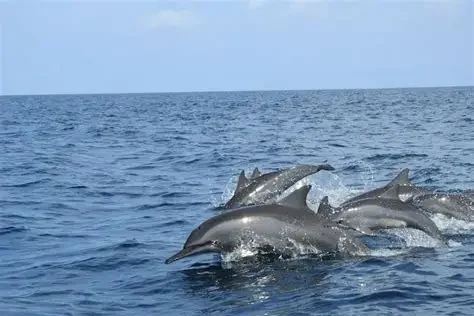
Researchers continued exploring dolphin communication using symbolic keyboards. Each key represented an object or action, and dolphins quickly learned to press combinations that formed requests. They pressed keys for “ball,” “play,” or “fish,” then added new ones to create meaning. One even surprised scientists by rearranging symbols to ask for more fish. The finding proved their intelligence was not imitation but innovation. Dolphins weren’t parrots mimicking humans; they were thinkers adapting their own ideas into human patterns. The experiment revealed a bridge between worlds that spoke the same silent truth: understanding begins where imitation ends.
11. The AI Parallel
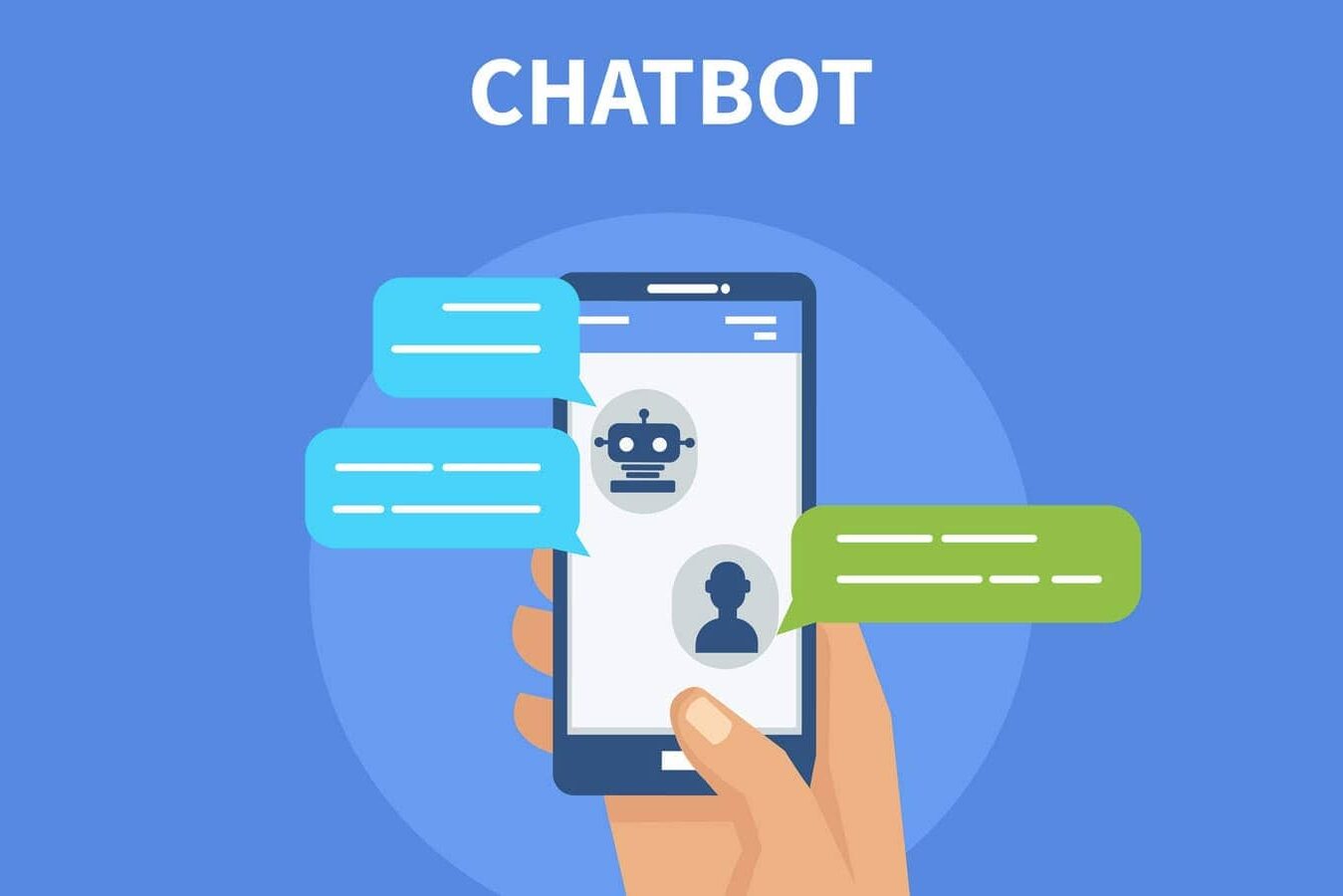
In today’s world, those experiments feel strangely familiar. Teaching a dolphin to understand human speech wasn’t so different from teaching computers to process language. Both efforts required pattern recognition, feedback, and trust. Scientists learned that communication is less about words and more about shared intention. Dolphins taught humanity what modern AI continues to remind us: intelligence can take any form when nurtured with patience. The lessons from the 1960s echo in every chatbot and translation model. We are still trying to do what Howe tried with Peter, speak across worlds that think differently.
12. Lessons for Alien Contact
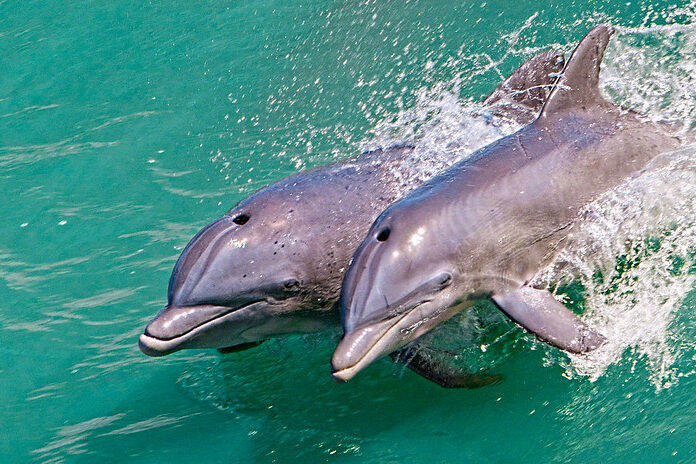
NASA’s original reasoning still stands strong today. If humans find it so difficult to communicate with intelligent life on our own planet, how will we ever talk to beings from another world? The dolphin experiments revealed that language is not only about sound but shared meaning. True communication requires empathy and patience. Scientists realized that words are only one small part of understanding. Dolphins became a mirror for humanity’s dream of interspecies contact, reminding us that connection might not be found in speech but in learning to truly listen.
13. Conservation Awareness
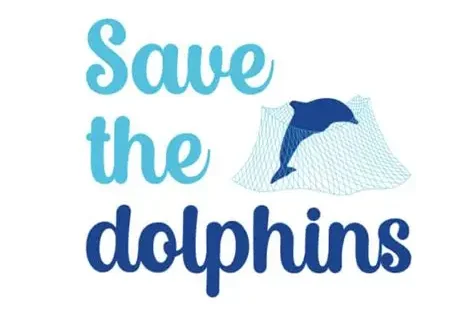
The research that once seemed strange eventually reshaped public perception. People began to see dolphins not as entertainers or fishing bycatch but as beings worthy of respect. Documentaries and campaigns called for an end to dolphin hunting and captivity. The world began to listen. Understanding their intelligence turned empathy into action. Protecting dolphins became a symbol of protecting all life that thinks and feels differently from us. What began as science evolved into advocacy, and the ocean, once seen as a resource, became a shared home that demanded compassion.
14. The Limits of Human Assumptions
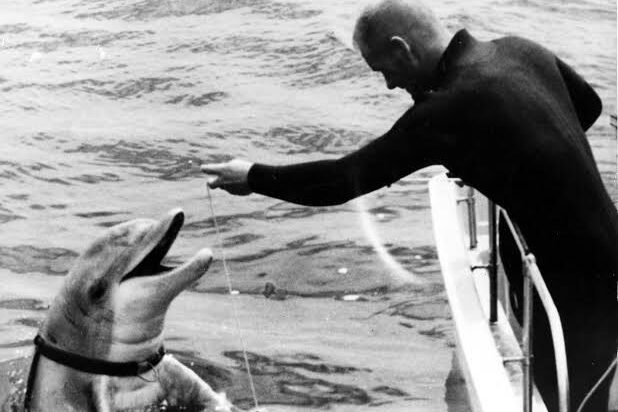
The dolphin experiments revealed something humbling about humanity. We expected dolphins to learn our words, forgetting they already had a complex language of their own. Their whistles and clicks contained patterns, emotions, and individual names. We measured their intelligence through our standards and missed the bigger picture. It wasn’t that they failed to learn English; it was that we failed to understand theirs. The real lesson was not about speech but perspective. Communication requires respect for difference, not dominance over it. Dolphins reminded us that intelligence does not need translation to exist.
15. Dolphin Cultures
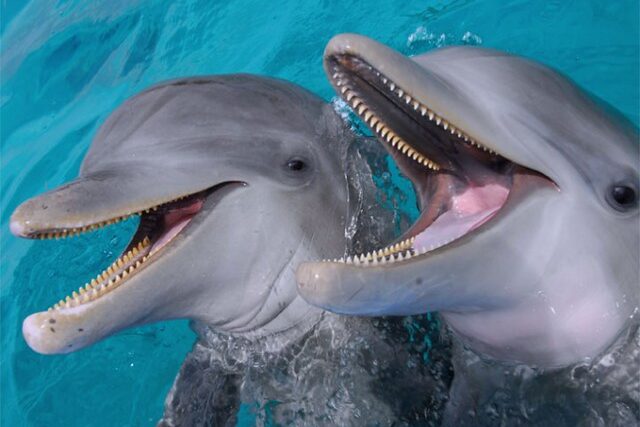
Modern research shows that dolphins live in societies rich with culture. Pods in different regions have their own dialects and even pass down traditions. Some dolphins use marine sponges as tools to protect their snouts while hunting, teaching younger ones to do the same. Others develop signature whistles that act like personal names. These discoveries shattered the notion that culture belonged solely to humans. The ocean’s inhabitants had been creating, teaching, and sharing knowledge long before we tried to decode it. Their world, hidden beneath the waves, proved just as sophisticated as ours.
16. Today’s Tech Connection
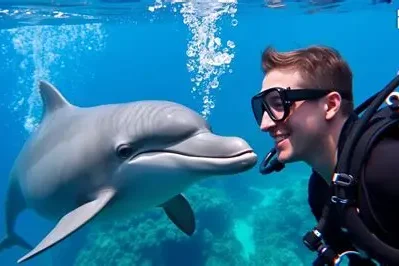
Now, scientists use artificial intelligence to analyze dolphin sounds. Advanced algorithms scan thousands of whistles to identify recurring patterns. The goal is to decode their communication system in their own terms. Some researchers believe we may soon respond in their language, not ours. The irony is beautiful: the same technology inspired by human intelligence is helping us understand another kind. What started in a flooded house with a single dolphin has evolved into a digital conversation that may one day reveal what the ocean has been saying all along.
17. The Ethical Debate
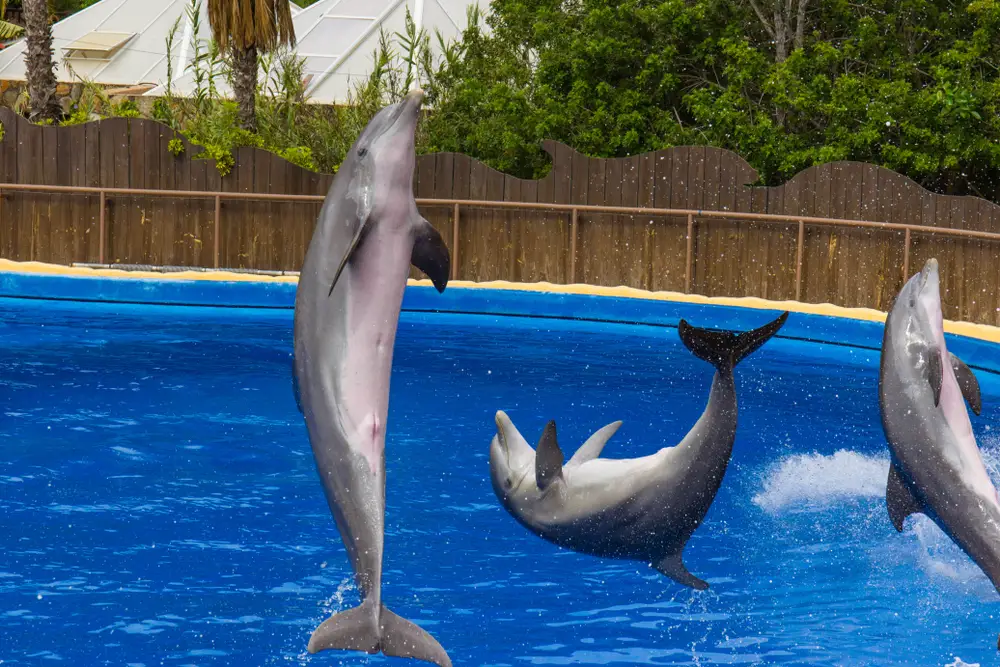
While the discoveries were fascinating, they also sparked difficult questions. Was it right to confine such intelligent beings for research or entertainment? Many scientists now argue that our curiosity should never come before their freedom. The early experiments showed both brilliance and arrogance, reminding us that understanding another species requires consent, not control. The conversation about dolphin welfare continues, teaching us that progress must always walk hand in hand with empathy. True intelligence lies not only in discovery but in compassion for the discovered.
18. The Final Lesson
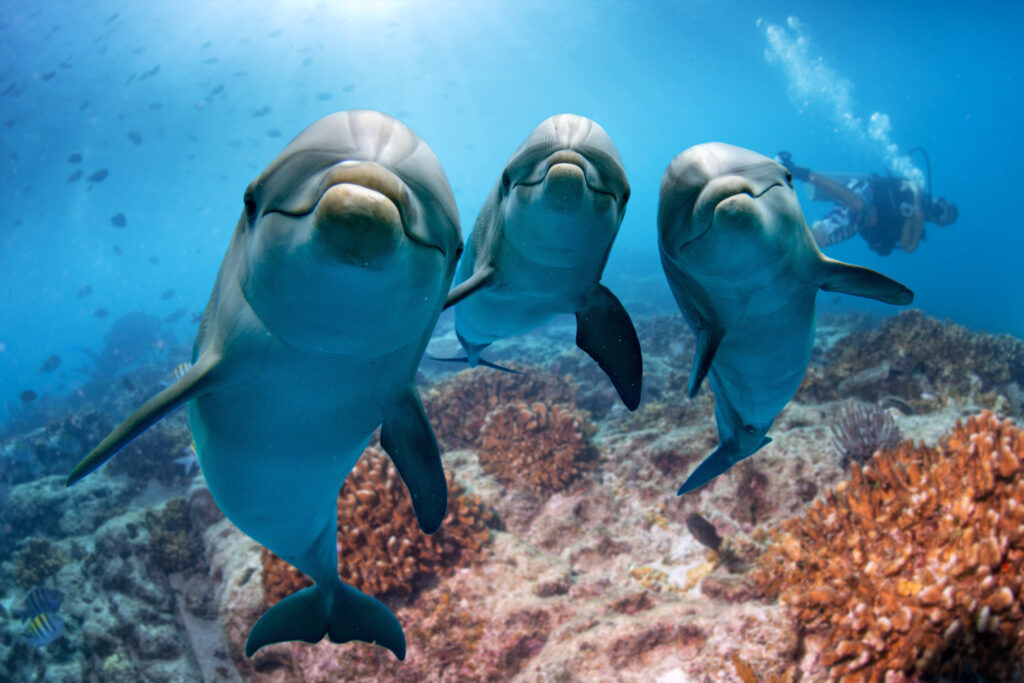
The dolphin experiments didn’t create talking sea creatures, but they revealed something more important. Intelligence isn’t a single human trait; it’s a shared gift across life. These studies forced us to look beyond words and see understanding in new forms. Dolphins showed us that minds exist everywhere, in the air, on land, and deep within the ocean. To live responsibly, we must learn to listen, not dominate. The sea taught us a quiet truth: communication begins when we stop trying to make others sound like us.
This story What the Dolphin Experiments Taught Us About Intelligence was first published on Daily FETCH


